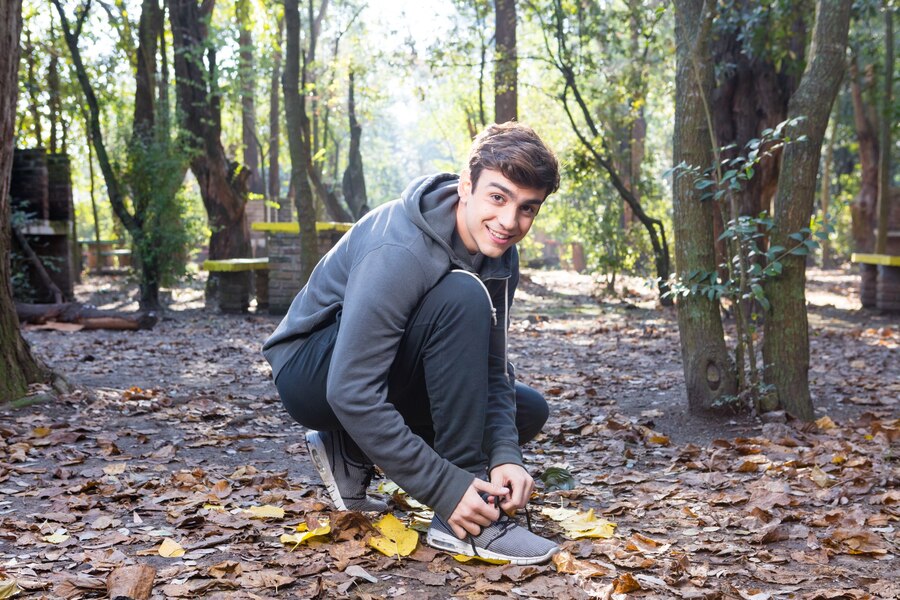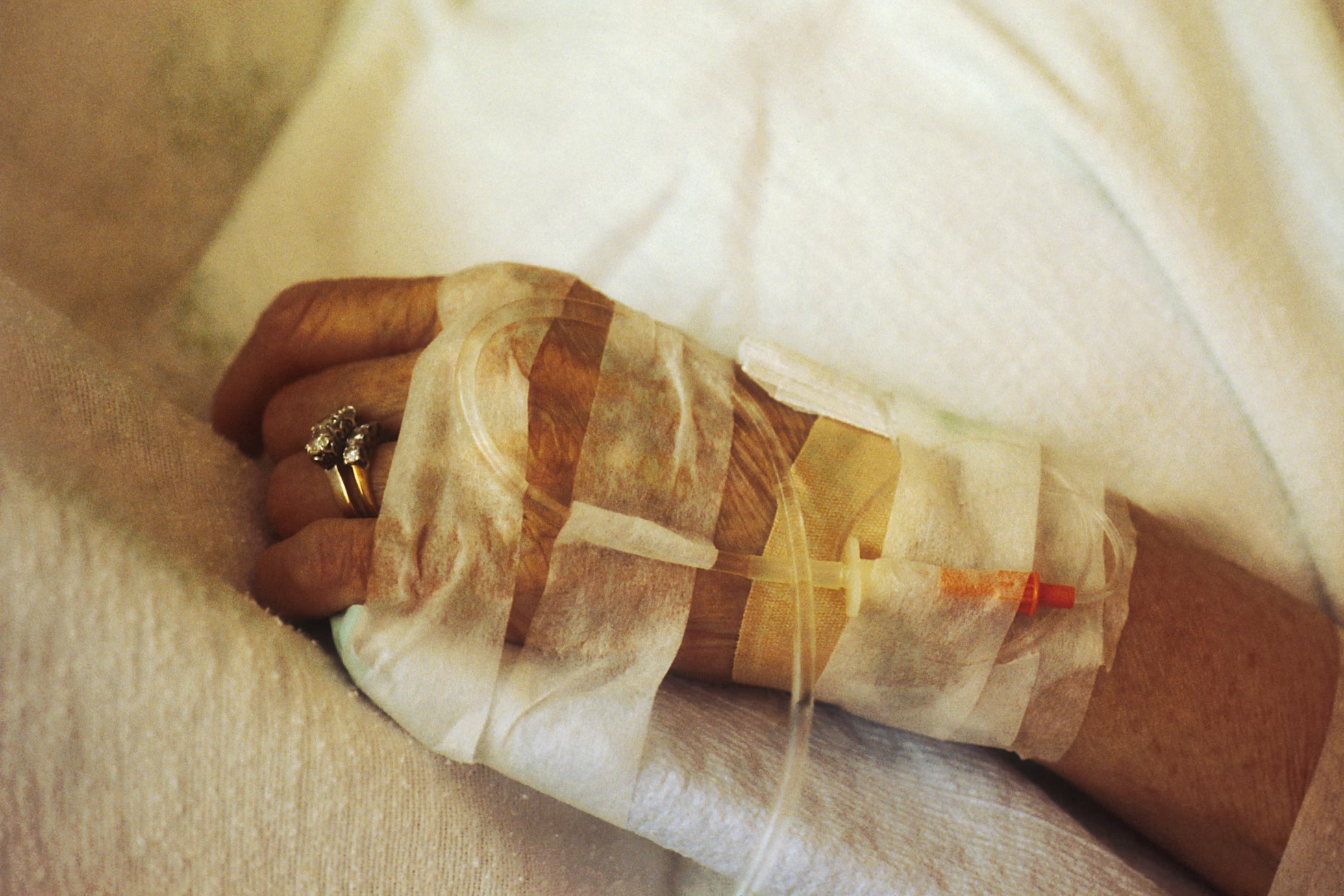
What You Need to Know About Buying Baby & Kids Wear
- Size and fit: Measure your child and check the size chart provided by the manufacturer before buying.
- Material: Look for soft, breathable materials such as cotton, especially for baby clothing.
- Safety: Check for any choking hazards and make sure clothes are free of any small or sharp parts.
- Ease of use: Consider items with snaps or zippers that are easy to put on and take off, especially for diaper changes.
- Durability: Choose clothes that can withstand frequent washing and wear and tear.
- Comfort: Look for clothes that allow for movement and are not too tight or scratchy.
- Seasonal considerations: Buy appropriate clothes for the current season, taking into account both warmth and sun protection.
- Style: Choose clothes that fit your child’s personality and sense of style.
- Budget: Set a budget and stick to it, but also keep in mind that quality is important.
- Brand reputation: Consider buying from trusted, well-established brands that have a good reputation for quality and safety.
Exploring Different Types of Baby & Kids Wear Available in the Market
- Onesies: A one-piece garment for infants, usually made of cotton and worn as underwear or sleepwear.
- T-shirts: A casual shirt for children made of soft, breathable materials.
- Pants: A staple item of clothing for children, available in different styles and materials, such as denim or sweatpants.
- Dresses: A garment for girls, often made of soft, lightweight materials, with a skirt attached to a bodice.
- Outfits: Coordinated sets of clothing, including a shirt and pants, or a dress and leggings.
- Footwear: Shoes and socks designed for children, including sneakers, boots, and sandals.
- Swimwear: Swimsuits and swim trunks for children, made of quick-drying materials and designed for water activities.
- Outerwear: Jackets, coats, and rainwear for children, made of waterproof and/or warm materials.
- Sleepwear: Pajamas for children, made of soft and comfortable materials, often designed for warmth.
- Accessories: Hats, scarves, gloves, and other accessories for children, designed for warmth and protection from the elements.
What Are The Essentials Items To Have In Your Baby’s Wardrobe?
- Onesies: A staple item for layering and as a base for outfits.
- Socks: To keep baby’s feet warm and protected.
- Sleepwear: Comfortable pajamas for bedtime.
- Outfits: Coordinated sets for easy dressing.
- Footwear: Soft soled shoes for indoor use and warmer weather.
- Hats: To protect baby’s head and face from sun and cold weather.
- Blankets: Soft and warm for swaddling and as a cozy layer.
- Burp cloths: Absorbent for spit-up and spills.
- Diapers: Disposable or cloth, as preferred.
- Diaper covers: To use with cloth diapers or for extra protection.
Top Tips For Saving Money When Shopping For Baby & Kids Wear
- Buy multiples: Purchase multiple items in the same style and size to get the best value.
- Shop sales: Look for sales and discounts, both in-store and online, to save money.
- Buy ahead: Buy clothes in the next size up when they are on sale to save for future use.
- Secondhand items: Shop at consignment stores, yard sales, and online marketplaces for gently used items at a fraction of the cost.
- Hand-me-downs: Accept hand-me-downs from friends and family to save money and reduce waste.
- Choose versatile items: Opt for neutral-colored, versatile clothing items that can be mixed and matched to create different outfits.
- Shop end-of-season sales: Stock up on seasonal items at the end of the season when they are marked down.
- Choose quality over quantity: Invest in high-quality clothing items that will last longer and save money in the long run.
- Avoid trendy items: Stick to classic styles that won’t go out of fashion quickly and can be worn for multiple seasons.
- Compare prices: Compare prices at different stores and online to find the best deal.







Can you be more specific about the content of your article? After reading it, I still have some doubts. Hope you can help me.